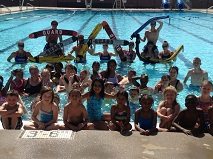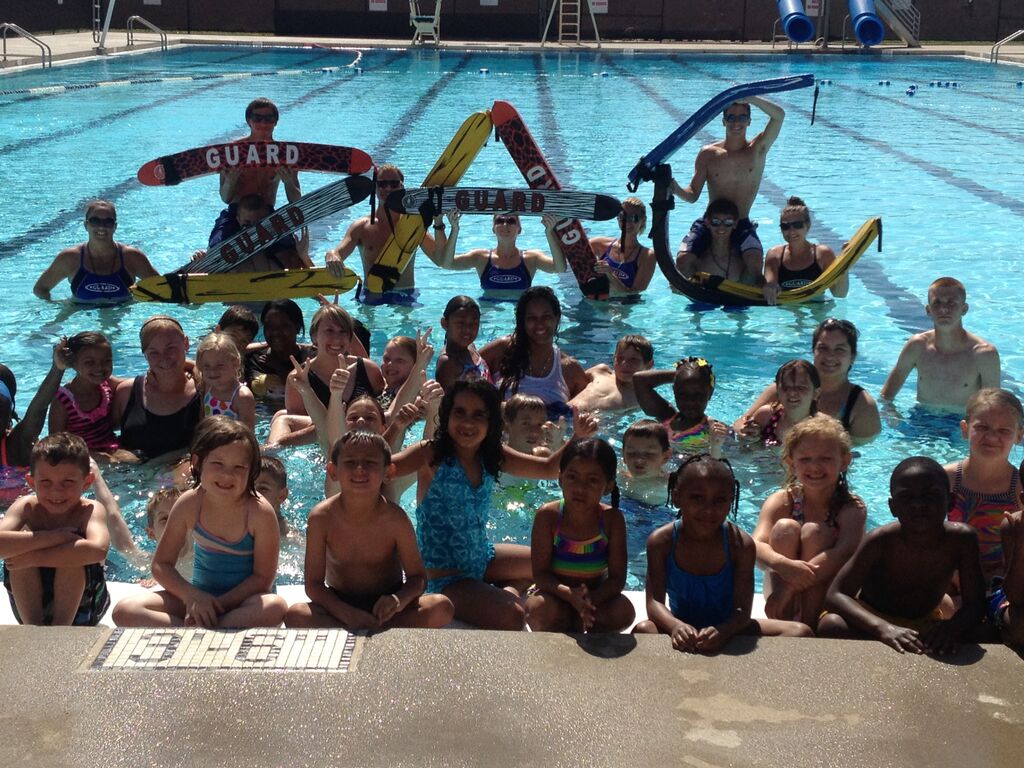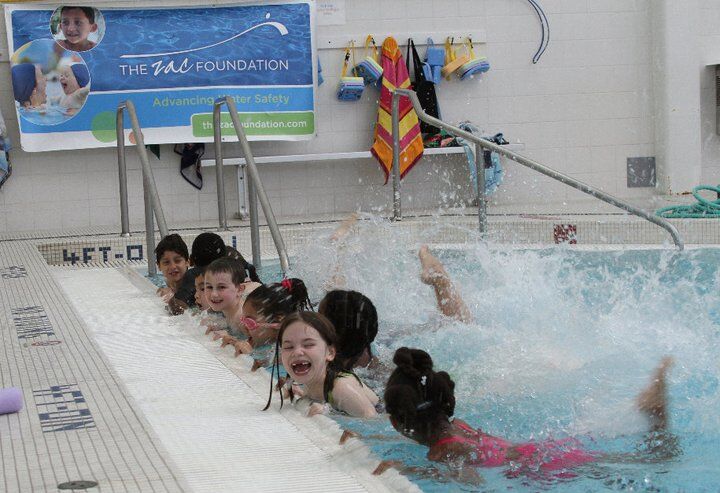Staying Water-Safe All Year Long

Karen Cohn, Co-founder of The ZAC Foundation
Swimming is a great form of exercise for children during any season of the year, and as a member of the Together Counts™ program we know that swimming is a fun family activity that also keeps the kids active and healthy. While there are plenty of benefits to swimming, just like any other sport, it is important to understand how to properly engage oneself and others in the water to minimize the risk of an accident.
Sadly, my family is all too familiar with the dangers of water. In 2007 my 6-year-old son Zachary became trapped in the suction of the pool drain in our backyard pool. Zachary was an amazing swimmer – in fact, it was one of his favorite activities. But while we enrolled Zachary in lessons and made sure he was a strong swimmer, we had no idea about the possible dangers that could be lurking under the water.
In Zachary’s memory we began The ZAC Foundation, which is dedicated to preparing children and families from coast-to-coast about how to stay safe in the water.
The best first step in keeping your family safe is to create a Water Safety Plan. A water safety plan does not have to be long or hard to understand. All you need to do is consider how you can stop a water emergency from happening, what things could be used to help someone in a water emergency, and where to get help. We recommend starting with the ABC & Ds of water safety.
- A is for Adults: An adult should always supervise a child in or around water. If you’re in a group, appoint a designated “Water Watcher” to watch swimmers in 15-minute intervals with no distractions. Never take your eyes off of swimmers, even for a moment.
- B is for Barriers: Children should be taught to respect barriers around pools such as fences and gates. Teach children to never open gates to pool or spa areas or climb over fences to access water.
- C is for Classes: Children should be taught through swimming classes how to tread water, float and get out of the pool safely – don’t rely on water wings or other floatation devices for safety. CPR and preparedness classes are also important for the whole family so they know what to do in the event of a water emergency.
- D is for Drains: Tell children to stay away from pool and spa drains, as they can be very dangerous. All swimmers should learn what to do if they spot a broken or loose drain cover. If one is spotted, the pool or spa should be shut down immediately, the owner or operator should be notified and no one should return to the water until the issue is resolved.
Our goal is to create change in how water safety is thought about by parents and their children. Swimming is a fun way for anyone to get some exercise without even knowing that they are burning calories. It is therapeutic and a great stress release. The layout of a pool also provides a natural setting for many diverse, and age-appropriate games. By developing a family water safety plan and sharing with your children these potentially life-saving tips, your family can continue healthy, active swimming fun all year long!
The ZAC Foundation is a national drowning prevention and water safety advocacy and education organization devoted to preparing children and their families for a lifetime of swimming safety. Karen and Brian Cohn established The ZAC Foundation in 2008 after the loss of their 6-year-old son Zachary when he drowned as a result of being entrapped in the suction of a swimming pool drain in their backyard pool.
For more helpful family tips take a look at these posts from Together Counts!


